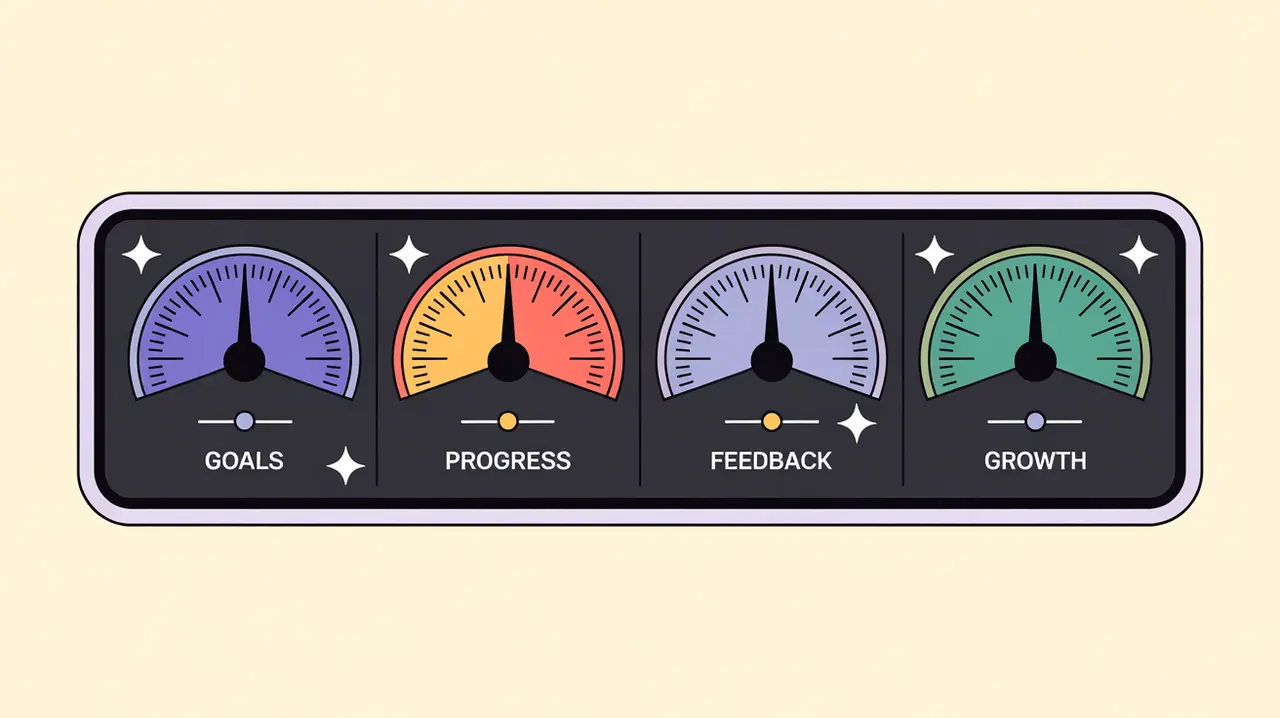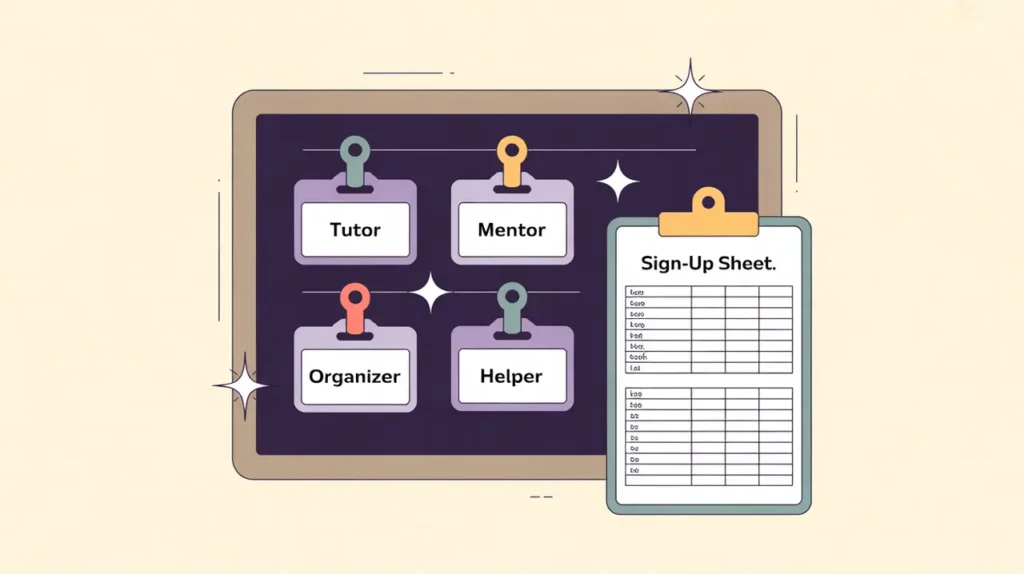What Does Performance Management Involve?
Performance management ensures that nonprofit staff are supported and evaluated in ways that align individual contributions with organizational goals. It is not only about appraisal but also about creating systems that motivate, develop, and retain talent. Done well, it fosters accountability and growth while reinforcing a culture of learning and fairness.
In practice, performance management involves setting clear expectations, providing regular feedback, conducting evaluations, and linking performance to development opportunities. It includes managing underperformance with care, recognizing and rewarding excellence, and ensuring equity in assessment. Strong performance management builds trust between staff and leadership while driving organizational effectiveness.
When nonprofits neglect this area, staff can become disengaged, unclear about priorities, or feel undervalued. Effective systems make performance a shared responsibility that benefits individuals and the organization alike.
What Competencies are Associated with this Role?
Performance management requires clarity, consistency, and communication. Competencies include:
- Defining roles, goals, and performance indicators
- Designing fair and transparent evaluation systems
- Providing constructive, ongoing feedback
- Coaching and mentoring staff for growth
- Managing underperformance with respect and support
- Recognizing and rewarding achievements
- Ensuring equity, diversity, and inclusion in evaluation
- Documenting performance data responsibly
- Linking individual performance to organizational strategy
- Fostering a culture of continuous learning
How Might AI and Automation Help this Role?
AI and automation can support performance management with data-driven insights and streamlined processes. Opportunities include:
- Automated performance tracking dashboards
- AI-assisted drafting of performance reviews and feedback summaries
- Predictive analytics to identify engagement or attrition risks
- AI-powered surveys to capture staff experiences in real time
- Automated reminders for evaluation cycles and feedback check-ins
- Natural language tools to detect bias in written evaluations
- Generative AI to suggest personalized development plans
- Integration of performance data with training and HR systems
What are the Roles by Experience Level?
Performance management roles scale from HR support to organizational leadership:
- Entry: HR Assistant, Performance Clerk – manage files, track deadlines, support review processes
- Mid: HR Officer, Performance Specialist – design evaluation tools, coordinate appraisals, provide guidance to managers
- Senior: HR Manager, Performance Lead – oversee systems, train managers, ensure fairness and consistency
- Executive: Director of HR, Chief People Officer – set institutional performance philosophy, align with strategy, report to board leadership
How Transferable are the Skills from this Role?
Performance management skills are highly transferable across sectors. Within nonprofits, they lead into HR leadership, culture building, or organizational development roles. Beyond nonprofits, they map to corporate HR, consulting, and leadership positions where people development and accountability are priorities. The ability to evaluate fairly, provide feedback, and link individual contributions to organizational results is a universal leadership asset.







